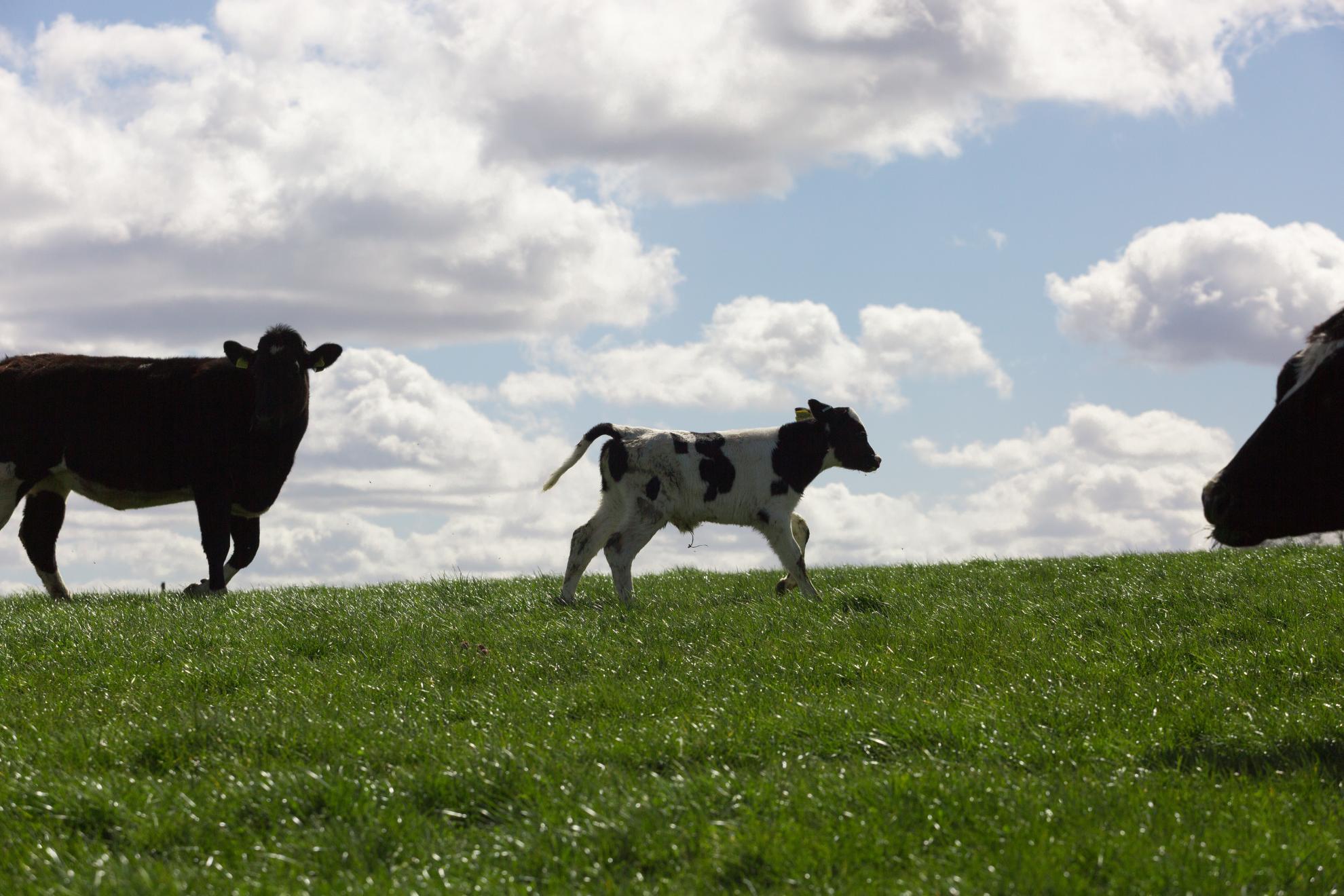Highly-contiguous bovine genomes underpin accurate functional analyses and updated nomenclature of MHC class I
The major histocompatibility complex (MHC) class I region of cattle is both highly polymorphic and, unlike many species, highly variable in gene content between haplotypes. Cattle MHC class I alleles were historically grouped by sequence similarity in the more conserved 3' end of the coding sequence to form phylogenetic allele groups. This has formed the basis of current cattle MHC class I nomenclature. We presently describe and compare five fully assembled MHC class I haplotypes using the latest cattle and yak genome assemblies. Of the five previously described "pseudogenes" in the cattle MHC class I region, Pseudogene 3 is putatively functional in all haplotypes and Pseudogene 6 and Pseudogene 7 are putatively functional in some haplotypes. This was reinforced by evidence of transcription. Based on full gene sequences as well as 3' coding sequence, we identified distinct subgroups of BoLA-3 and BoLA-6 that represent distinct genetic loci. We further examined allele-specific expression using transcriptomic data revealing that certain alleles are consistently weakly expressed compared to others. These observations will help to inform further studies into how MHC class I region variability influences T cell and natural killer cell functions in cattle.
